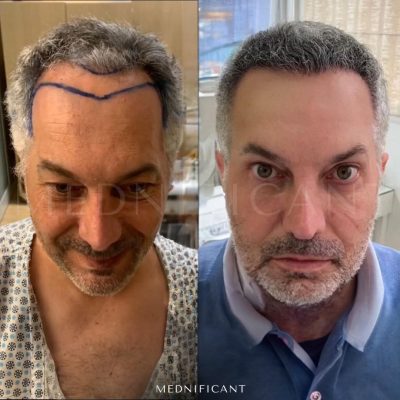What is a Hair Transplant Graft Calculator
While researching hair transplant surgery, there are a number of tools out there that can assist with narrowing down a search for a doctor you like and are comfortable with as well as finding a location close by and a price range you would feel comfortable with.
The hair graft calculators typically ask users to choose the area of the scalp they are looking to have issues resolved on and exactly how much hair they will need transplanted to that area to give ballpark on how many grafts are needed to do the job.
The final amount, of course, will vary not only by doctors and their fees, but also from person to person depending on even the size of their head. Even if these might not be the final number you need to make your hair transplant decision, the calculators are a good tipping off point in beginning to understand what will be involved for the next steps in your hair restoration journey.
Graft Calculator
* Graft density of 35 grafts per square cm is recommended. Here's what you have selected: 35 35 35 |
Value of zero is equivalent to complete baldness of area. Increase of value indicates shift towards appearance of hairs to full restoration at maximum value.
Baldness: 0 | Recommended Value: 35 | Full Restore: 50


















